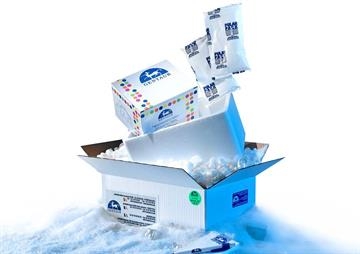- Categories
- Specials and Offers
- Custom Services
- Products
Dra I-HC unit: 3500, High Concentration


Dra I-HC unit: 3500, High Concentration
Ask for quotation
On request
quantity
product details
Catalog number: 377 - YRDRA1-HC
Product Category: Business & Industrial > Science & Laboratory
Yeastern BiotechGentaur
Size: 1 vial
Related Products
354262
CORNING® MATRIGEL® MATRIX HIGH CONCENTRATION (HC), PHENOL-RED FREE *LDEV-FREE, 10ML
Advanced Cells - DL; ECM - DL
1535.00 €
354263
CORNING® MATRIGEL® MATRIX HIGH CONCENTRATION (HC), GROWTH FACTOR REDUCED *LDEV-FREE, 10ML
Advanced Cells - DL; ECM - DL
1522.27 €
K088
asCpf1 Nuclease NLS Protein (High Concentration)
Using Cpf1 (a.k.a. Cas12a) in your CRISPR experiment offers several advantages over other CRISPR-associated nucleases.;<ul><li>Due to the T-rich PAM sequence (TTTN), Cpf1 enables editing in regions unable to be targeted by Cas9. </li><li>Cpf1 can be used with a shorter guide RNA (called crRNA) than Cas9. </li><li>Cpf1 creates a staggered cut in dsDNA instead of a blunt cut. </li><li>Cpf1 cuts distal to the PAM sequence, which may allow for multiple rounds of cleavage. </li><ul>asCpf1 is from the bacteria <i>Acidaminococcus</i>. This protein contains a SV40 T antigen nuclear localization signal (NLS) on the N-terminus of the protein. If the cut caused by asCpf1 is repaired by non-homologous end joining (NHEJ), an indel may be formed that disrupts the open reading frame of the targeted gene, leading to gene knockout. Alternatively, by supplying a repair template, a sequence can be knocked in at the cleavage site via homology directed repair (HDR).









